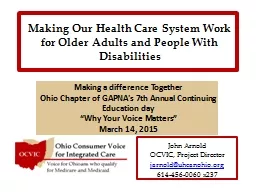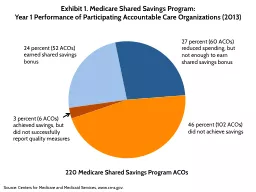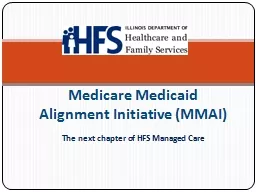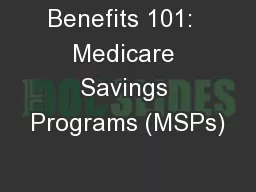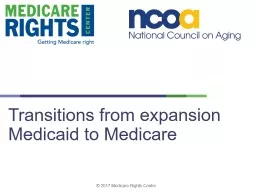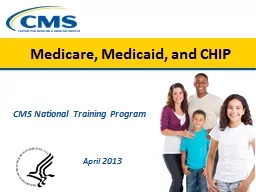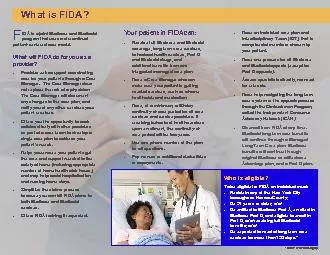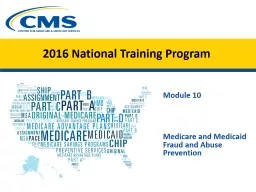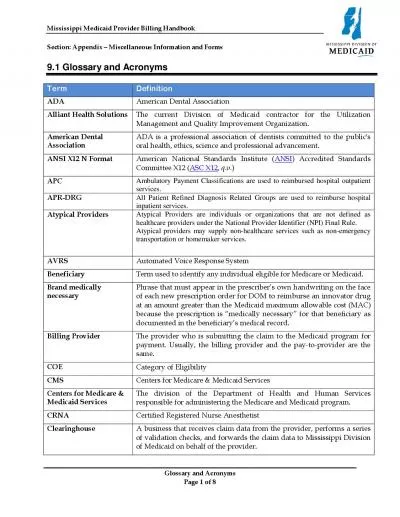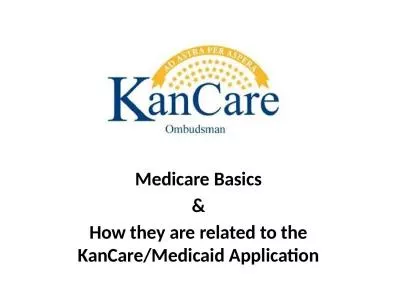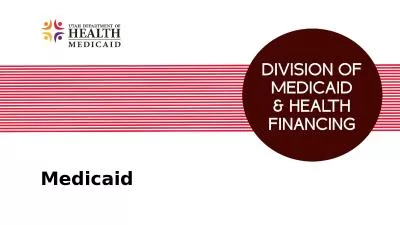PPT-Medicare-Medicaid Plan Demonstrations
Author : mitsue-stanley | Published Date : 2017-05-05
Chicago Regional Office Centers for Medicare Health Plan Operations Yolanda BurgeClark August 19 2014 10 million aprox individuals that are enrolled in both Medicare
Presentation Embed Code
Download Presentation
Download Presentation The PPT/PDF document "Medicare-Medicaid Plan Demonstrations" is the property of its rightful owner. Permission is granted to download and print the materials on this website for personal, non-commercial use only, and to display it on your personal computer provided you do not modify the materials and that you retain all copyright notices contained in the materials. By downloading content from our website, you accept the terms of this agreement.
Medicare-Medicaid Plan Demonstrations: Transcript
Download Rules Of Document
"Medicare-Medicaid Plan Demonstrations"The content belongs to its owner. You may download and print it for personal use, without modification, and keep all copyright notices. By downloading, you agree to these terms.
Related Documents


